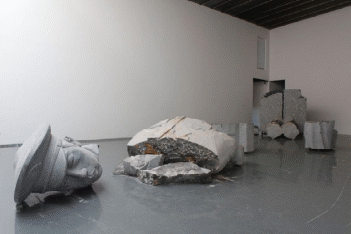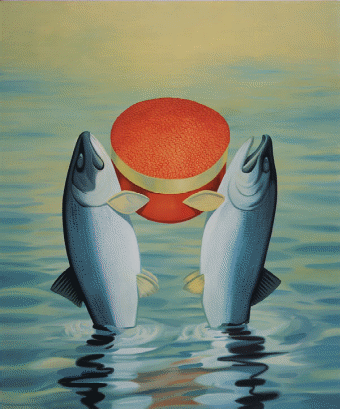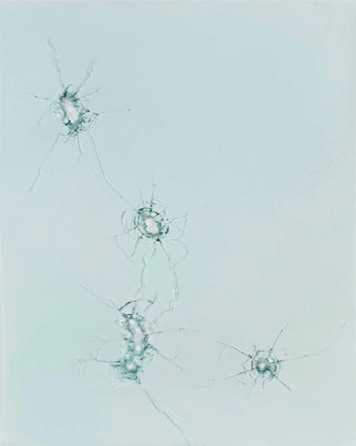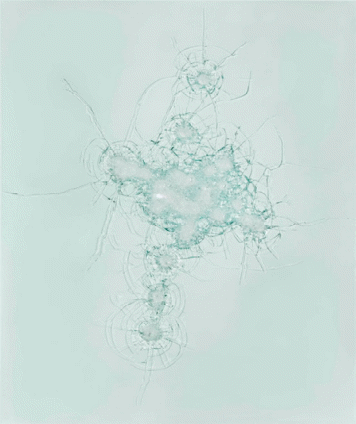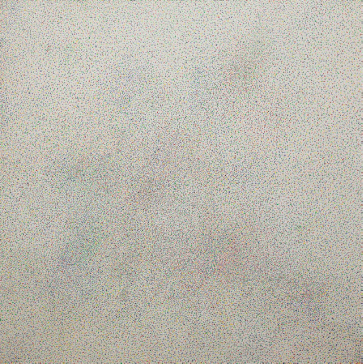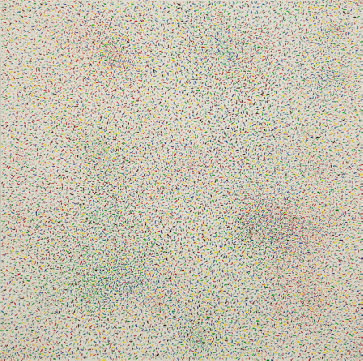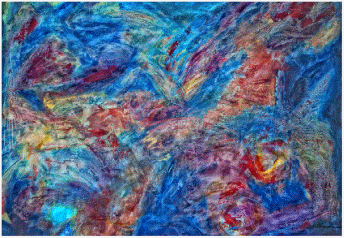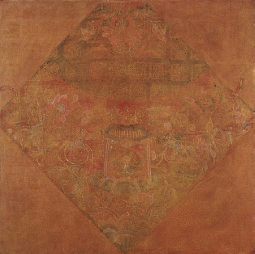Observation, description, and location
Zhao Zhao’s Constellations are a series of art pieces made from glass (exhibit 3). Marks are created through gunshots. They are part of a series of art pieces with a similar form and content providing a trend in Zhao’s art (Zhao Zhao: Constellations 2013). Constellation II is an art piece from the series of marks created on glass, and placed on a steel background. It measures 59 x 47 ¼ inches or 150 x 120 cm.
Zhao Zhao’s sculpture of a police officer has been broken into multiple pieces. It was first displayed in Beijing. Later, it was confiscated by authorities. It was considered a mockery to the arrest of Weiwei. It is made of limestone. It has a smooth finishing. It is bigger than the size of a real human being.
It measures 860x180x180 cm. It is considered to portray the repression of the artist and Ai Weiwei by the authorities in China (Wade 2012). The accuracy of the depiction is admirable. A viewer can see clearly that the officer is Caucasian (exhibit 4). The sleekness of his suit represented by the smooth finishing is also admirable.
Zhao’s other painting is known as Devotion. It measures 300×250 cm. It is painted on canvas with oil paints. It is exhibited at the Chambers Fine Arts in New York. It shows two fish lifting up a bowl.
They are standing on the water surface with their tails submerged. The background has been painted with warm colors. It gives a feeling of excitement. There is a depiction of either the rising or setting sun. The reflection of sunlight and the fish’s shadow are creatively depicted on the water surface (exhibit 5). The artist uses smooth lines to portray the movement of water. The title is effective in directing the viewer into excitement.
Analysis
The first impression that I get from Sky No.3 (exhibit 1) is that of heavy nimbus clouds that appear during storms. The artist gives a stronger impression by the use of dark blue and black color instead of gray. The viewer is amazed by the brush strokes. Such heavy clouds are rarely seen in reality.
The viewer is filled with a feeling of wonder on the kind of storm that could follow such dark clouds. Even though the painter’s intention is to portray pollution, the viewer is more likely to perceive the picture as a storm about to occur.
The painter has softened the texture in Sky No.31 (exhibit 2) to expose less of the brush strokes. The marks of the brush in Sky No.3 show the presence of the painter more clearly than in Sky.31.
The hollows that allow light to pass in Sky No.3 have been reduced to tiny spots in Sky No.31. Zhao Zhao tends to use variations in the sky-view to make the viewer think about the changes that have occurred. Zhao’s painted skies are a depiction of the pollution in Beijing (Zhao Zhao: Constellations 2013).
The Constellations represent a series of art with the same content and form. Guns are not allowed in China. Zhao had to borrow a gun from an American friend when he received the inspiration. He shot through glass and created the beautiful patterns. The constellations were not his original intention.
The idea of constellations came up after seeing the beautiful patterns that he had created. It may give different impressions to different people. The constellations may appear as a presentation of micro-organisms as seen through the microscope to a biology student. The first impression that I get from Zhao’s Constellations are cracks in a wall. Steel is used as a background on the irregular shapes made of glass.
The irregular shapes give the portrayal that they have been made accidentally. A closer look shows that the different sizes and shapes have been made when forces of different magnitude are applied.
The bullets also appear to be of different sizes. At the right corner of Constellation II (exhibit 6), the cracks show that the bullet did not penetrate. The image at the center from the top mark shows the piercing object moved toward the viewer. The second image on the Constellations (exhibit 3) portrays the same conclusion.
The lines in the Constellations tend to move from one hole to the next. It appears like routes connecting to nodes. When the cracks are created at a certain angle, it gives a reflection of beautiful blue lines (exhibit 3, first image).
A look at Constellation XVIII (exhibit 7) changed my perception from the idea of constellations formed by the stars. It appears as a mark of excessive penetrations that create a different picture from constellations such as Orion, and Southern Cross. It brings the idea of the Ozone layer. Reports had earlier indicated it looks like a torn membrane. It shows that the artist’s political intentions in the Constellations and the Skies are similar.
It appears that Zhao Zhao prefers to use a series of portrayals of the same subject to depict the changes that have taken place over the subject. It makes viewers to understand his work more easily. His work also receives more appreciation as a result of the variations he creates from progressive forms of images. The use of a series of images is also seen in his simplistic depiction of Mouse Droppings.
It is more appreciable by creating contrast between Mouse Droppings No.1 and No.3 (exhibit 8 and 9). The intention of the artist is not clear at first sight but there are variations in the number of dots in different parts of the plane. It could be a depiction of varying population density between urban and rural areas. The combination of different colors in the picture brings a feeling of calmness.
Most of the titles in Zhao’s paintings give direction but do not directly expose the purpose of the painting. It could be because of the crackdown in China on artists who depict a political content. Zhao Zhao has been arrested twice. Weiwei has also been arrested (Wade 2012).
Zhao compared to some contemporary artists
Zhao’s form of the Skies and Francisco Villagram’s the King of the Aztecs 1 have a similarity of form (exhibit 10). Villagram prefers warm colors when Zhao extensively applies cool colors. Both artists prefer to announce their presence through the visible movement of the brush. When most of their works are considered, the two artists differ in content. Zhao appears to be an artist of political importance.
Villagram appears to give a sense of inner life. Villagram’s depiction of beauty and romantic scenes is exceptional. On the other hand, Zhao’s creativity on political matters is outstanding. Most of Villagram’s exhibitions have been hosted in New York and Mexico City. Zhao exhibitions are being held in different continents. Feng Feng, a Chinese contemporary artist, uses red color extensively.
He gives his painting a smooth finishing which does not expose brush strokes (exhibit 11). From the first impression, Feng’s paintings appear like portraits of ornaments. A closer look gives a different content. There is a sense of inner life (Feng Feng 2013).
Chinese contemporary art world
Ai Weiwei, who used to work with Zhao Zhao, has held many exhibitions across the globe in countries such as Japan, Italy, Australia, UK, and Germany (Ai Weiwei 2013). Zhao Zhao worked as Weiwei’s assistant for seven years following his graduation from the Xinjiang Institute of Arts. Zhao’s art has been exhibited in Berlin, New York, London, and Beijing. In his exhibitions, the Constellations are outstanding among his art.
In Beijing, they are used to elaborate on the content portrayed by “A Sense of Security III” (Jungle II: A Thriving Morphology – Zhao Zhao 2013). It appears that Weiwei has attracted global attention. Zhao Zhao tends to capture more attention by the uniqueness of his forms and subjects. His use of dark blue color in several paintings is impressive. The forms he has created on glass captures attention.
Comparing Chinese to American contemporary art
The “Blue & Yellow: swift transition of self” exhibition, held in London, drew a lot of interest. It was recognized to bring together paintings from about 100 Chinese Contemporary artists (Hui 2013). The London exhibition, together with other multiple exhibitions, indicates expanding interest in Chinese contemporary art.
The last decade has been marked by an increase in demand for Chinese contemporary art in global auctions. The prices of Chinese contemporary art increased 500 times within a 4-year period. It makes the prices to match those of artists from countries with high labor costs such as America, and Germany.
However, the prices of Chinese art declined by 50% in the first quarter of 2013 (Fontevecchia 2013). Chinese contemporary art global market share grew from 7.5% to 19.7% between 2004 and 2008.
A decade ago there was only one Chinese artist ranked among the top 100 global listing. In 2009, the number had increased to 34 Chinese artists compared to 20 American contemporary artists (Chinese Contemporary Art Today 2009). Fontevecchia (2013) reports that 4 Chinese artists appeared in the top 10 list in 2012.
In 2013, 9 Europeans and 1 American appeared on the top 10 best selling listing. Jean-Michel Basquiat, the only American, ranked fifth. He had pieces of art worth $42.3 million sold (Fontevecchia 2013). Demand for Chinese contemporary art has declined in 2013.
America and UK still rank higher than China in the global market. China is considered the third. Its financial strength has made auction houses in China to be more successful.
The success is enhanced by China allowing foreigners to establish auction houses different from what existed before (Chinese Contemporary Art Today 2009). Compared to Americans, Chinese have a stronger preference for old masters’ art than for contemporary art (Fontevecchia 2013).
Conclusion
The repression of political artists in China has made artists to set their exhibitions in countries that allow the free expression of art. It has made Zhao and Weiwei extend their art to more liberal countries. China is gaining recognition in influencing the global art market.
Its successful economy generates curiosity to capture its contemporary art. Its recognition as an influential economy has given its contemporary artists an advantage. The number of Chinese contemporary artists and its financial capabilities may allow it to be the next market leader.
Bibliography
“Ai Weiwei.” 2013. The Victor Pinchuk Foundation. Web.
“Chinese Contemporary Art Today.” 2009. Artprice. Web
“Feng Feng.” 2013. Art Scene China. Web.
Fontevecchia, Agustino. 2013. “China Brings Down Global Art Market In Q1 But U.S. And Europe Feed The Bulls.” Forbes. Web.
Hui, Lu. 2013. “Paintings Shows Draws London Closer to Chinese Contemporary Art.” Xinhua English News. Web.
“Jungle II: A Thriving Morphology – Zhao Zhao: A Sense of Security III.” 2013. Platform China. Web.
Wade, Samuel. 2012, “Ai Weiwei Protégé Zhao Zhao under Pressure.” China Digital Times. Web.
“Zhao Zhao: Constellations.” 2013. Art Forum. Web.
“Zhao Zhao.” 2013. The Victor Pinchuk Foundation. Web.
Appendices
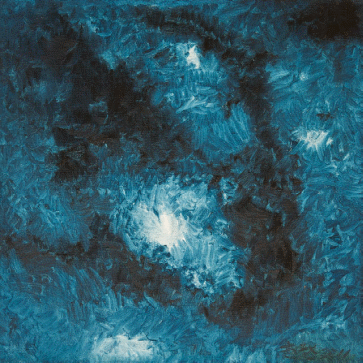
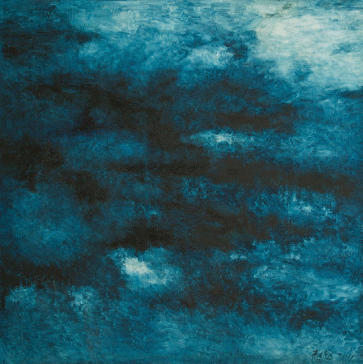
Exhibit 3, The Constellations, 150×120 cm each, glass and steel.
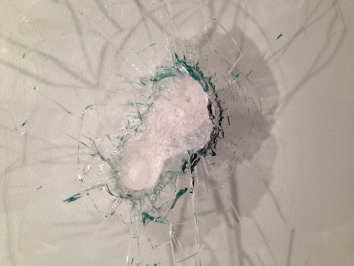
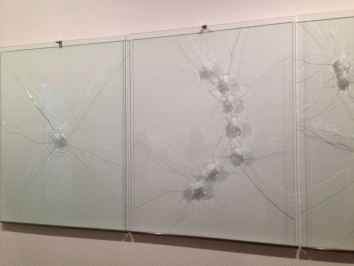
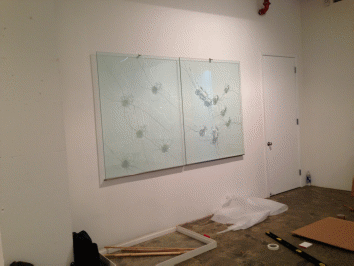
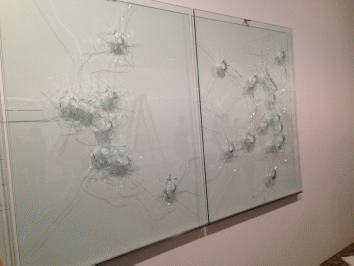
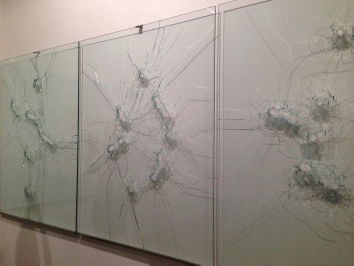
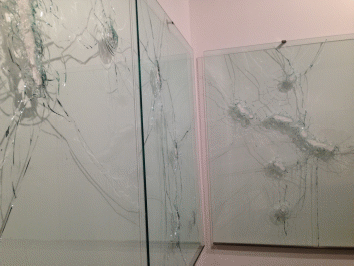
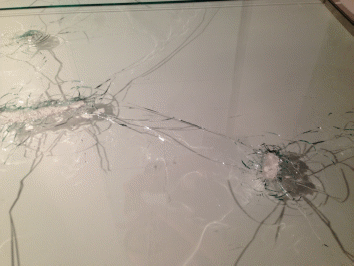
Photographed at the Fine Arts Chambers New York
